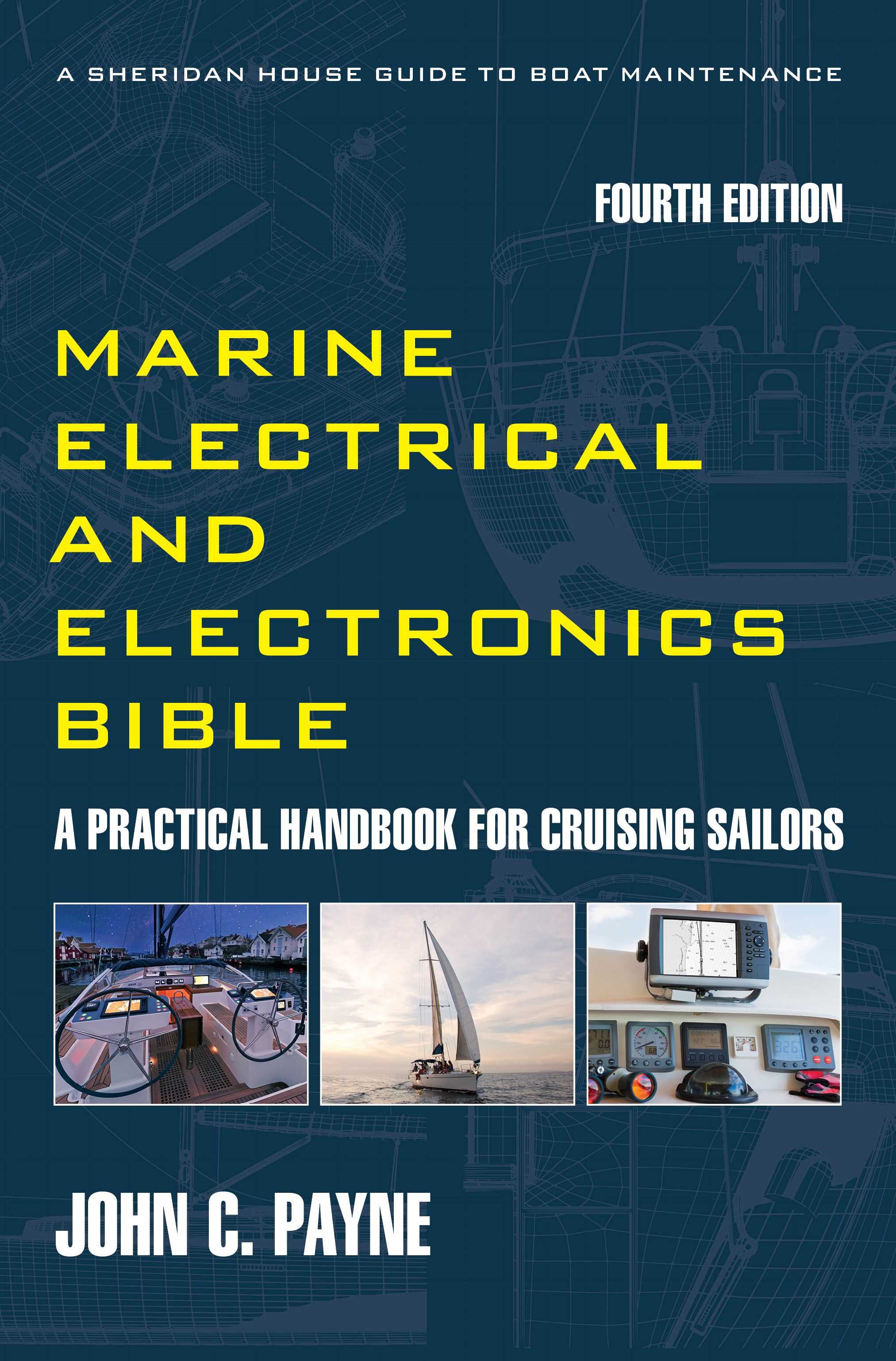About Marine GPS Systems Installation
Marine GPS systems antenna and aerials require careful installation planning. They should always be mounted well clear of fly bridge and tuna tower frames on offshore fishing boats, deck equipment and other radio aerials. On cruising yachts, they are often installed on the stern rail or sometimes on other structures such as stern arches or stern posts used for radar and wind generators. Also some solar panel arrays can mask a GPS antenna so consideration should be given to that as well.
Where possible the GPS antenna should have as wide a field of
view as practicable, while being located as low as possible. It has to "see" the satellites so that a position can be calculated. In installations
that have a tower with mounted radar, ensure that the GPS antenna is not within
the radar antenna beam spread. If the antenna cannot see the satellite then you
will get poor reception which affects accuracy. In yachts, improper antenna installation is a principal cause of bad
position fixes. I have lost count of the
number of antenna mounted on stern rails that are shadowed by masts and spars and so
on or have been pushed over from nominal vertical positions because ropes have
caught them and moved them, without anyone noticing. They do not work very well when pushed over to a horizontal position.
Marine GPS Systems Cabling.
Marine GPS systems cables need to be carefully planned and routed so as to avoid interference from other device and equipment cables. Power supply cables to pumps and other equipment should be routed as far as practicable from equipment cables carrying high currents.
Antenna cables should also be routed well clear of areas where they can be mechanically damaged. It is extremely important for the aerial cable not to be kinked, bent at too tight an angle, or placed in any tight bend radius.
If the antenna cable transits through stainless steel stern rail tubing the those tubing entry points
need to be covered or protected so as to avoid cable chafe from the normally razor sharp stainless holes. Bending of cables to tight has the effect of
narrowing the dielectric gap within the coaxial cable, which may cause signal attenuation problems. Make sure that all through-deck glands are high quality in that they
properly protect the cable. Do not shorten or lengthen an antenna cable unless
your manufacturer approves it. Check your installation manual for guidance and recommendations.
Marine GPS Systems Connectors
Ensure that all connectors are properly inserted into the GPS receiver. This is a common problem, where installation is rushed and the plug is not properly inserted all the way home. Ensure that screw-retaining rings are tight, because plugs can work loose and cause intermittent contact. The coaxial connector from the aerial into the receiver should be rotated properly so that it is locked in. External aerial connections should be made water resistant where possible and this is very important. The use of self-amalgamating tape is a good method for doing this and will inhibit the ingress of water and moisture, all which can cause internal corrosion or damage, and this all affects signal quality. If you have to remove and refit a a GOPS antenna connector, make sure that you use considerable care and assemble the connector in accordance with the manufacturers’ instructions. Improperly assembled plugs is a common cause of problems in new installations
Grounding the GPS.
The ground connection provided with the system must be connected to the instrument ground point or the RF ground system depending on manufacturers’ recommendations, so read your installation manual very carefully and do it correctly.
About Marine GPS Systems Power Supplies.
A clean electrical power supply is essential to proper operation. Interference is common and you need to do some detective work and track down or isolate the exact source before implementing suppression measures. Noise sources can include the cheaper imported LED light fittings, or fluorescent light fixtures. They can also originate from things like an alternator diode bridge, or various pump motors and so on. Once the source is identified you will have to consider how to suppress the noise, and this may be rerouting cables, checking where grounds are required that they are properly connected. Use either an in-line filter or install suppressors across “noisy” motors and alternator as a start point. Sometimes an isolated DC-DC converter is the only solution. The GPS power supply should not come from a battery used for engine starting, or used with any high current equipment battery or power source such as an anchor windlass or winch, a trolling motor or a powered deck winch source. When they operate, large current and voltage surges and spikes are generated which causes interference issues with the GPS. Look for more great information at fishing and boats.
